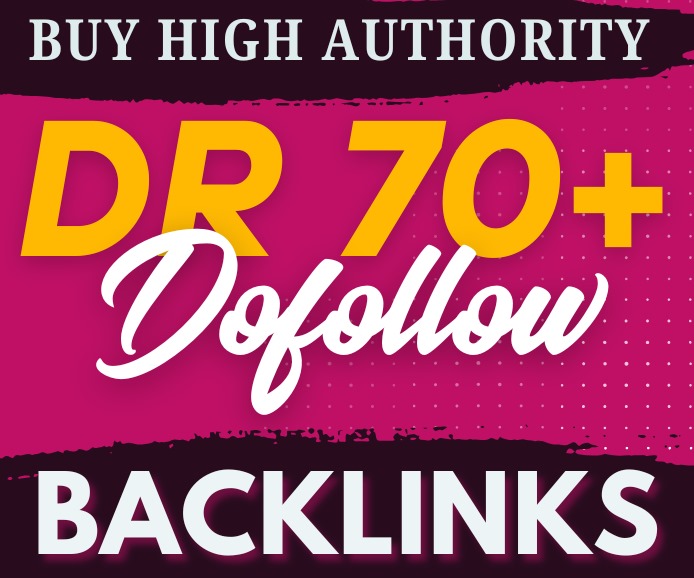So, you’ve stumbled across the term “telas encuadernar” and are wondering what it’s all about? Or maybe you’re already into crafts and want to step up your bookbinding game. Either way, you’re in the right place. In this guide, we’re diving deep into the wonderful world of bookbinding fabrics what they are, how to use them, and why they might just become your favorite new craft supply. telas encuadernar
What Are Telas Encuadernar?
Understanding the Basics of Bookbinding Fabrics
Telas encuadernar literally translates from Spanish to “bookbinding fabrics.” These are specially selected fabrics used to cover books, notebooks, photo albums, and other handmade paper goods. They’re designed to be strong, flexible, and adhesive-friendly.
Why Fabric is a Popular Choice for Bookbinding
Fabric gives books a unique personality. Compared to leather or plain paper, bookbinding fabric feels cozy, creative, and personal. It’s no wonder artists, DIYers, and small stationery businesses love it.telas encuadernar
Types of Telas Encuadernar
Cotton Fabrics
This is the go-to choice for many crafters. Cotton is lightweight, breathable, and comes in endless prints.
Linen and Canvas
These have a more rustic or professional vibe. They’re thicker, sturdier, and perfect for premium or vintage-style books.
Synthetic Fabrics
Think polyester blends or faux suede. They’re more water-resistant and sometimes easier to clean, but not always as eco-friendly.
Pros and Cons of Each Type
| Fabric Type | Pros | Cons |
|---|---|---|
| Cotton | Easy to work with, widely available | Can fray easily |
| Linen/Canvas | Strong and textured | Can be stiff, harder to glue |
| Synthetic | Durable, often cheaper | Not breathable, can look artificial |
Benefits of Using Fabric for Bookbinding
Aesthetic Appeal and Texture
Fabric just feels better. It adds visual depth and a tactile experience that paper or cardboard alone can’t offer.
Durability and Longevity
When applied correctly, fabric covers can outlast traditional materials. They protect against scratches and minor water exposure.
Flexibility for Craft Projects
You can glue it, stitch it, paint it, and even print on it. The possibilities? Endless.
Common Uses of Telas Encuadernar
Handmade Journals and Notebooks
Fabric covers transform regular notebooks into one-of-a-kind creations. Perfect for bullet journals, poetry notebooks, or sketchbooks.
Photo Albums and Scrapbooks
Imagine gifting a scrapbook wrapped in beautiful floral cotton. It becomes more than just a book it’s a memory keeper.
Artistic and Decorative Projects
Mini books, travel diaries, wedding guestbooks telas encuadernar add charm and creativity to any craft.
How to Choose the Right Telas Encuadernar
Texture and Weight Considerations
Heavier fabrics like canvas are great for sturdier books. Lightweight cotton works well for smaller or more flexible covers.
Color and Pattern Selection
This is where you can get creative. Match your theme — boho, minimal, vintage, modern. Let the fabric tell a story.
Matching Fabric with Binding Style
Coptic stitch? Japanese stab binding? Perfect bound? Different styles work better with specific types of fabric.
Where to Buy Quality Telas Encuadernar
Online Stores vs. Local Shops
Online you’ll find variety. But local fabric shops let you touch and feel the material — super important for texture.
What to Look For in a Fabric Supplier
Check reviews, look for acid-free options (important for book longevity), and make sure the fabric doesn’t fray too easily.
Tips for Ordering Online
-
Always check dimensions
-
Request swatches if possible
-
Look for close-up photos and texture details
Tools and Materials You’ll Need for Bookbinding
Basic Bookbinding Tools
-
Bone folder
-
Awl
-
Thread and needles
-
Cutting mat and ruler
Adhesives and Glue Types
PVA glue is the gold standard. It’s flexible, dries clear, and sticks like a dream to both fabric and paper.
Optional Tools for Advanced Projects
-
Book press
-
Corner cutter
-
Fabric stiffener (optional for loose weaves)
Step-by-Step Guide: Binding a Book with Fabric
Preparing the Fabric
-
Iron it flat
-
Cut to size, leaving 1 inch margin on all sides
-
(Optional) Apply a fabric stabilizer
Gluing and Wrapping
Spread PVA glue evenly. Lay your fabric over the board and smooth it out — no wrinkles allowed!
Attaching to the Cover
Wrap the edges and glue them inside. Use your bone folder to press corners cleanly. Let it dry under weight overnight.
Care and Maintenance of Fabric-Covered Books
Cleaning Techniques
Use a lint roller or lightly damp cloth. Avoid soaking the fabric, especially if it’s cotton or unsealed.
Storage Tips to Prevent Damage
Keep books upright, out of direct sunlight, and away from humid areas. Use bookends to prevent tilting and warping.
Creative Ideas Using Telas Encuadernar
DIY Gift Ideas
Fabric-covered journals with a monogram? Yes, please. Add a ribbon closure for that extra fancy touch.
Personalized Craft Projects
Turn leftover fabric into bookmarks, envelopes, or matching storage boxes.
Collaborations with Artists and Designers
Team up with local illustrators or calligraphers to offer limited-edition book covers.
Eco-Friendly Fabrics for Sustainable Bookbinding
Organic and Recycled Fabrics
Look for GOTS-certified cotton, bamboo fabric, or repurposed textiles.
Low-Impact Dyes and Natural Fibers
Choose undyed or plant-dyed fabrics. They’re gentle on the planet and often safer to handle.
Mistakes to Avoid When Working With Bookbinding Fabric
Choosing the Wrong Fabric Type
Avoid stretchy or overly thick fabrics they’re a nightmare to glue and fold cleanly.
Improper Gluing or Sizing
Too much glue = wrinkling. Too little = peeling. Measure twice, glue once.
Skipping the Pre-Wash
Some fabrics shrink or bleed when wet. Pre-washing avoids surprises.
Telas Encuadernar vs. Other Bookbinding Materials
Leather vs. Fabric
Leather is luxurious, but fabric is more accessible and creative-friendly. Also: vegan-friendly!
Paper Covers vs. Fabric Covers
Paper’s cheaper but less durable. Fabric lasts longer and feels more premium.
Trends in Modern Bookbinding Fabrics
Bold Prints and Minimalist Styles
Patterns are back — especially florals, abstract prints, and geometric textures. Or go minimal with earthy tones.
Hand-Dyed and Artisan Fabrics
Support small artisans by buying hand-dyed or hand-printed cloth unique and sustainable.
Final Thoughts on Choosing the Right Telas Encuadernar
Telas encuadernar are more than just materials they’re a medium for creativity, self-expression, and sustainable crafting. Whether you’re a hobbyist or a pro, the right fabric can turn any book into a work of art. So go ahead, experiment, and let your imagination unfold one page at a time.
FAQs About Telas Encuadernar
1. What’s the best fabric for beginners?
Cotton is your best friend. It’s easy to cut, glue, and comes in tons of designs.
2. Can I use regular cotton for bookbinding?
Yes! Just make sure it’s tightly woven and not too thin. Stabilizing helps too.
3. How much fabric do I need per book?
It depends on the size, but generally about 1.5 times the size of your cover board with extra for wrapping edges.
4. Does fabric thickness matter?
Absolutely. Too thick and it won’t wrap neatly; too thin and glue may bleed through.
5. Where can I find unique patterns?
Try Etsy, Spoonflower, or local artisan shops. Also look for limited-edition designer collections.




